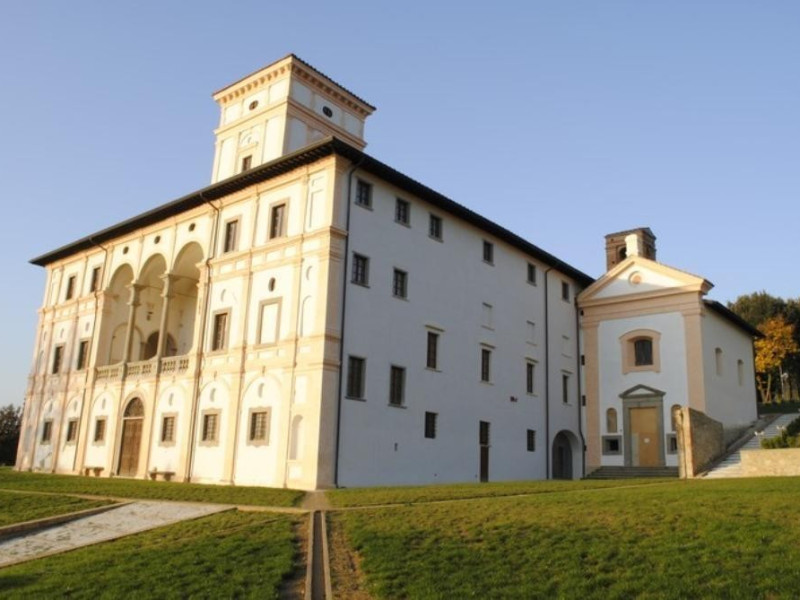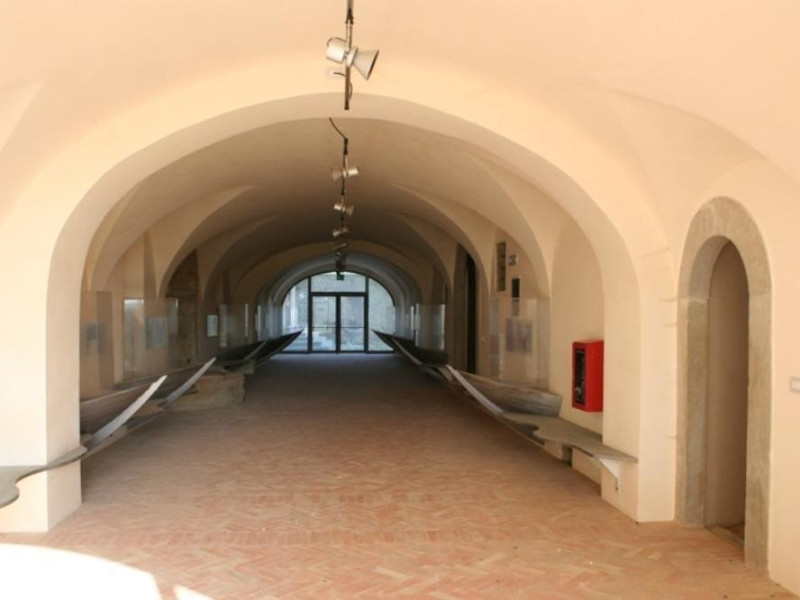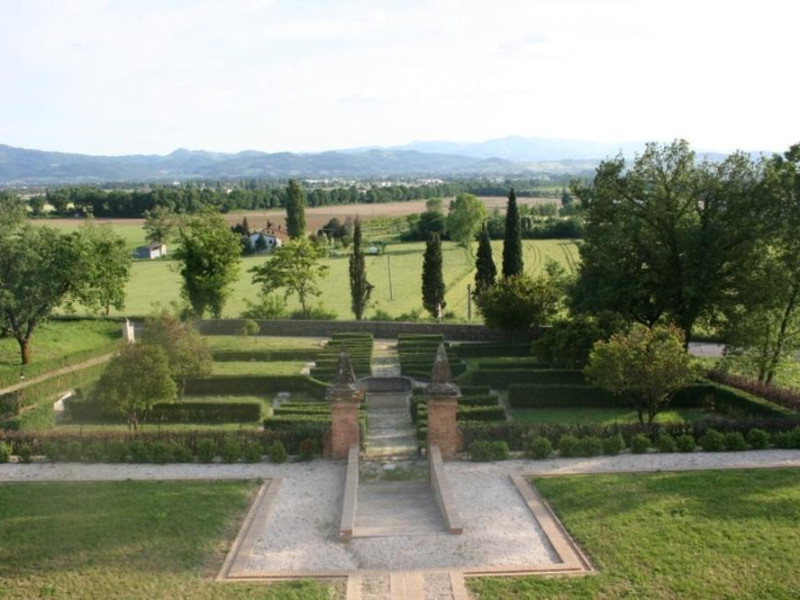Luogo - Museum
Villa Magherini Graziani e Museo archeologico della Villa di Plinio Il Giovane
Where
Via Macchiavelli, San Giustino (Perugia)
Villa Magherini-Graziani Archaeological Museum and Pliny the Younger Villa
Villa Magherini Graziani—the Museo Archeologico della Villa di Plinio il Giovane housing complex—is a splendid example of Italian Noble Residence of the Late Renaissance period. The edifice is set half way up an open space on a panoramic hillside overlooking the Tiber Valley.
The construction of the Villa is due to Carlo Graziani, a prominent member of this family from Città di Castello and of Tuscan origins who commissioned, at the beginning of the 18th century, the architect Antonio Gallina to carry it out.
The 17 meter high Altana Tower dominates the architectonic complex and has a quadrangular floor plan that rises up for three floors. The elegant central Loggia develops on the main façade of the building, from the second floor up to the third, with its arcades standing on subtle columns in line with the Vasari style design of Castello Bufalini. The façade design follows a pattern of lesenes and frames that optically divide the space. The ground floor is decorated with a corbel-arched frieze under which windows and oval niches open, evoking the regular division of space of a Portico. A lateral entrance leads to a barrel-vaulted carriage passage that goes through the entire edifice. At the center of this gallery, the ground floor—along the main axis of the building—opens to the atrium and the reception room, while on the first floor it opens to the Loggia. On the left, the building is completed with the presence of the farmhouse, and on the right with the private chapel with a central nave, dedicated to the Madonna of Loreto.
The gardens are inside a pentagonal wall; along the central axis of the building on the front side there is the Italian garden with a central fountain and boxwood edges, while on the backside there is the exedra and a park of Holm oaks. Today the Villa is property of the Municipality. The farmhouse is the seat of the Foresteria, where socio-cultural activities are held, and is also the operational premise where authorities, the Superintendence of the Archaeological Excavation of Umbria, the University of Perugia and the University of Alicante (Spain) reside and manage the excavation campaign inside the Pliny the Younger Villa.
In fact, an archaeological museum exhibit is in the phase of preparation at the site of the excavations where the villa used to be, it has been investigated since 1986. On the first floor there will be a tridimensional illustration, a plastic model of the excavation site, as well as a display of the items found and brought back to light. On the ground floor the environmental history of the High Tiber Valley will be documented, with particular attention to the ancient Roman field farming system of ‘centuriation’, of which the villa was one of the main cornerstones.






